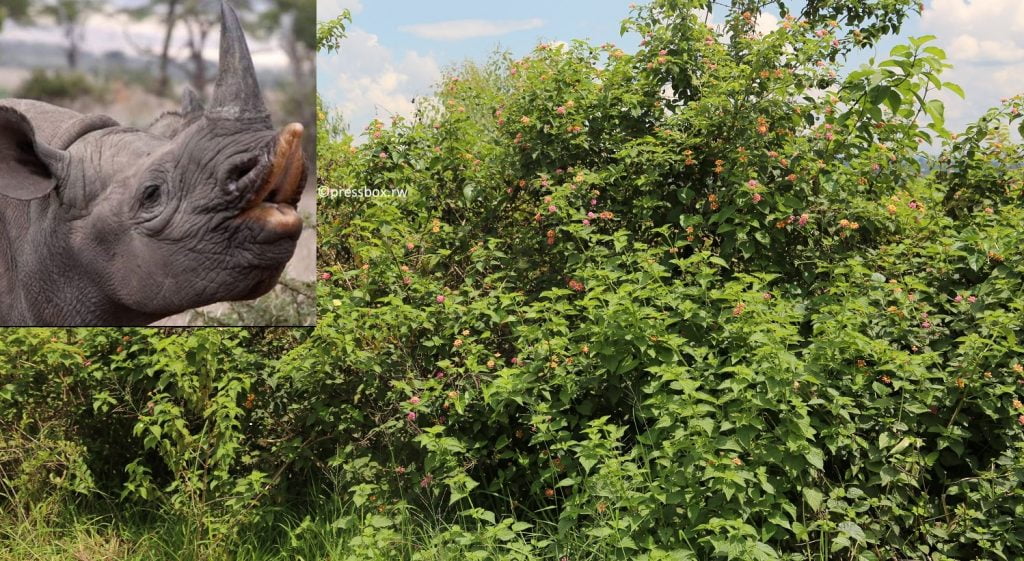A webinar of World Wide Fund for Nature (WWF) in partnership with the Media for Environment, Science, Health and Agriculture (MESHA) based in Kenya has appraised the role of the youth and women in combating illegal wildlife trade in East Africa.
Wildlife trade consists of the commerce of products that are derived from non-domesticated animals usually extracted from their natural environment or raised under controlled conditions, involving as well the trade of living or dead individuals, tissues such as skins, bones or meat, among other products.
The workshop was part of a series of activities to help improve awareness of the role of working with youth (18-35) and women and for journalists Reporting on Illegal Wildlife Trade to understand how best to effectively engage them to prevent wildlife crime.
“There is a call to the youth and women because we are a youthful continent; Eastern Africa is the fastest growing region on the continent – projected average growth rate of 5.9% in 2019 – more than double the African average.” Said Nancy Githaiga, head of conservation programs at WWF Kenya
It is, as well, a one of kind seminar which is part of the Youth and Women Combating Wildlife Crime Seminar series which kicked off on Monday 21st September 2020.
“There is a decline in rhinos and elephants because of different causes including deforestation, climate change and overexploitation. Our mission is to stop the degradation of the planet’s natural environment and to build a nature in which humans live in harmony with nature.” Highlighted Githaiga.
WWF looks to work with wildlife authorities and the EAC to identify examples of best practice and scale-up approaches to promote these more integrated approaches.
The virtual conference brought together journalists from Rwanda, Kenya, Uganda and Tanzania and experts.
Led by Victoria Rubadiri, the Moderator, participants expressly reflected on the point “How do we, as storytellers, enhance the inclusion of women and youth in combating wildlife crime.”
Kiundu Waweru, Internews Earth Journalism Network said: “Journalists should focus on government seizures of illegal wildlife products. We need to focus more on supply and demand, what fuels the demand, which supplies, what are the routes and how. Journalists should kick out the box of he said, she said. But think like a fiction writer, movie maker but keeping true to the facts.”
Statistically, there are Less women and youthful news sources. In 1995, GMMP research in print and broadcast news media in 71 countries found that only 17% of news subjects – that is people seen, heard or read about – were female. Twenty years later that figure showed little improvement, at only 24%.
The conference was anchored on the objectives of East African Community Strategy to combat poaching, illegal trade and trafficking of wildlife and wildlife products – CONNECT; a USAID funded project which aims to strengthen the conservation and management of natural resources shared by East African countries including wildlife and landscapes popularly referred to as transboundary natural resources.
The project is implemented by a consortium of regional organizations led by the International Union for Conservation of Nature (IUCN) through the Eastern and Southern Africa Regional Office (ESARO) in partnership with TRAFFIC – the wildlife trade monitoring network, and the Worldwide Fund for Nature (WWF). The project is implemented in collaboration with, and through policy guidance from, the EAC Secretariat and the Lake Victoria Basin Commission (LVBC).





